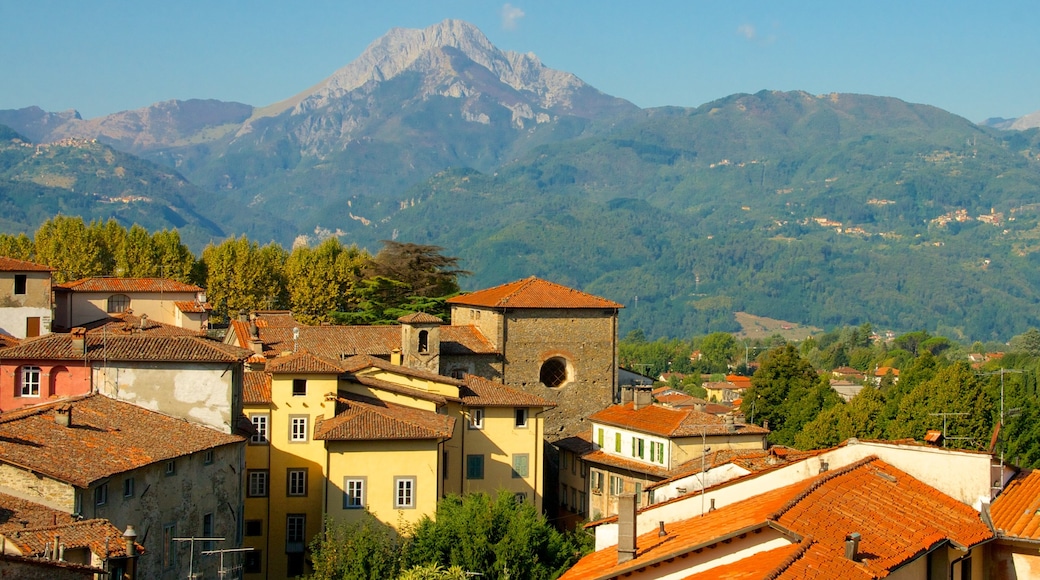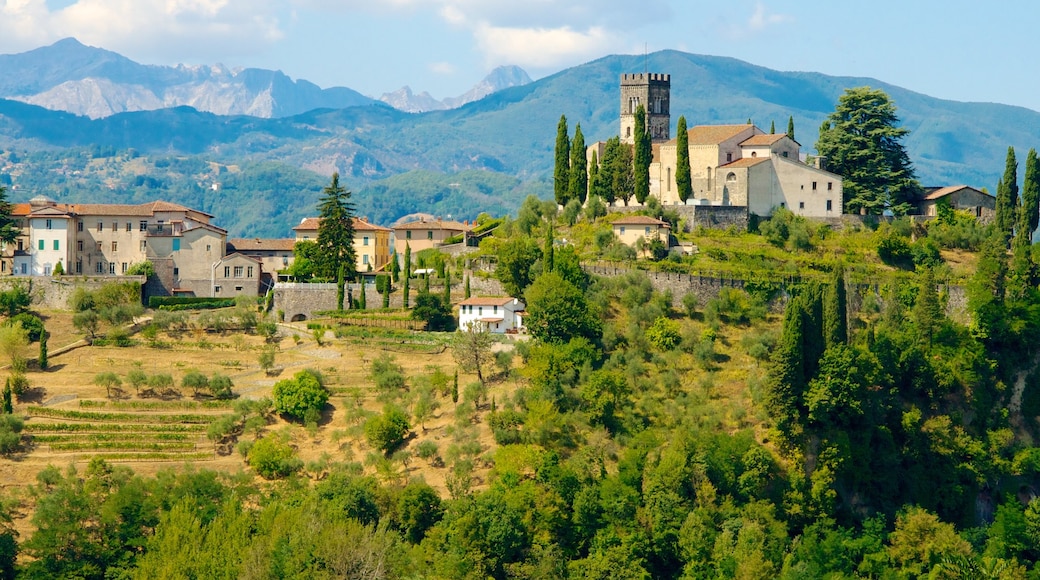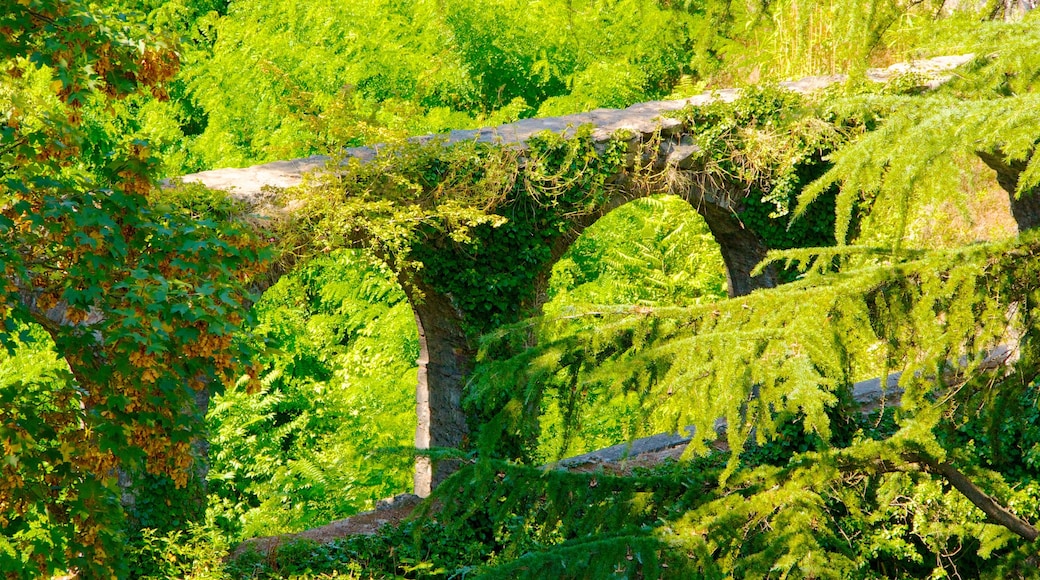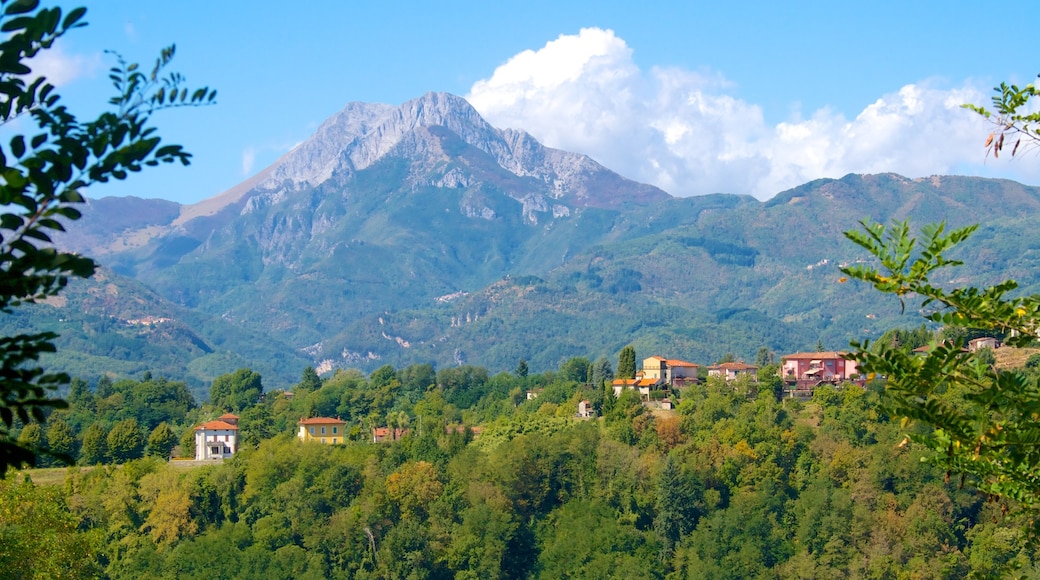Barga exudes a perfect balance between urban sophistication and small-town charm. Its steep streets are lined with beautiful stone houses, workshops and churches alongside unexpectedly chic restaurants and cafés.
Barga rose to prominence during the Middle Ages, when it became known for producing fine silks. From the 14th century, the Republic of Florence ruled the city for more than 500 years and had a profound influence on Barga’s art, language and architecture.
Go for a walk in the quaint historic center, admiring elegant homes built by wealthy merchants between the 15th and 17th centuries. Choose one of the many restaurants found along Via di Mezzo and try a local dish, such as stinco di maiale (pork shin).
See the town’s most famous attraction, the Duomo di San Cristoforo. Built between the 9th and 15th centuries, this gorgeous Romanesque cathedral is made of a local white limestone called alberese. Take a look inside, keeping an eye out for a 12th century pulpit as well as a wooden sculpture of the town’s patron, St. Christopher. Don’t miss the picturesque views of the Tuscan mountains visible from the terrace outside.
Explore the Museo Civico del Territorio di Barga, which is home to an interesting collection of geological artifacts. Housed in a former prison, this museum traces the town’s history from prehistoric times to the 17th century.
Admire the elegant cloisters and gardens of Conservatorio of San Elisabetta. This historic convent also encompasses a small church, where you can see a number of valuable 17th-century paintings and a 13th-century cross.
Barga is also an ideal base for excursions to the Grotto del Vento, which is about 9 miles (14 kilometers) away. Sign up for a guided tour of this cave’s underground lakes and eerie rock formations.
Summer is one of the best times of year to visit Barga, when the city hosts two exceptional music festivals: Opera Barga and Barga Jazz. Barga is well connected to Pisa and Lucca by bus and train.

















